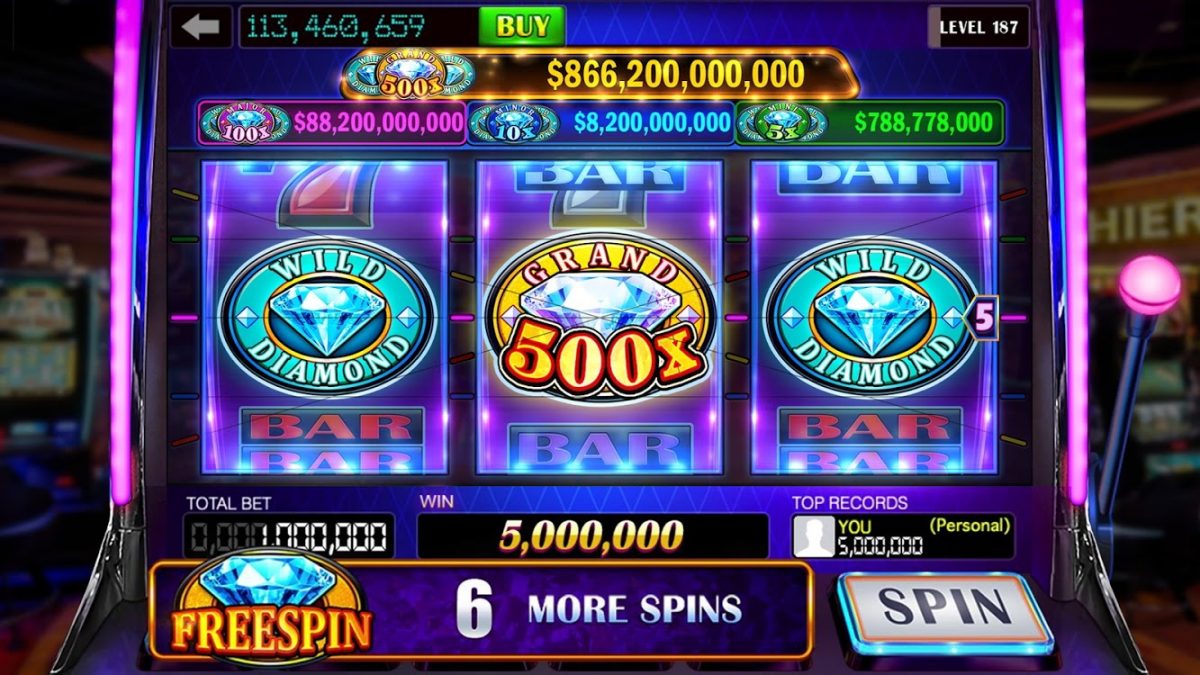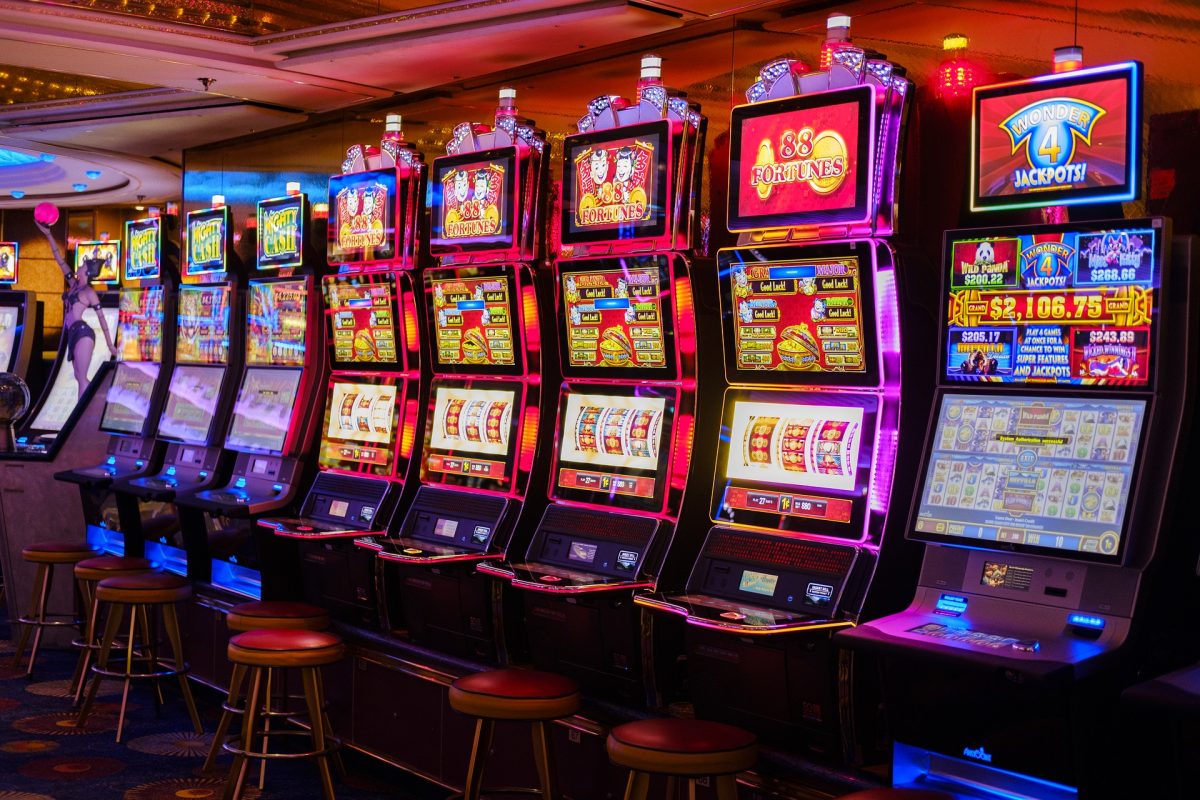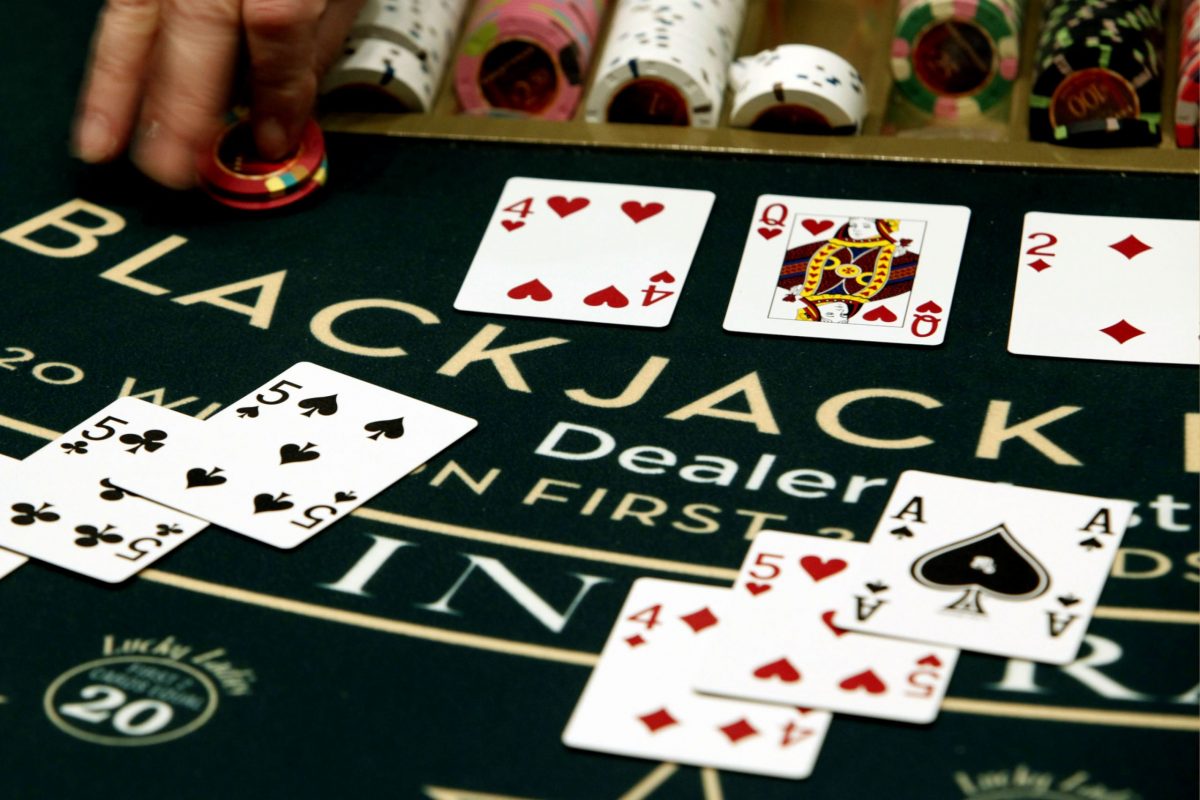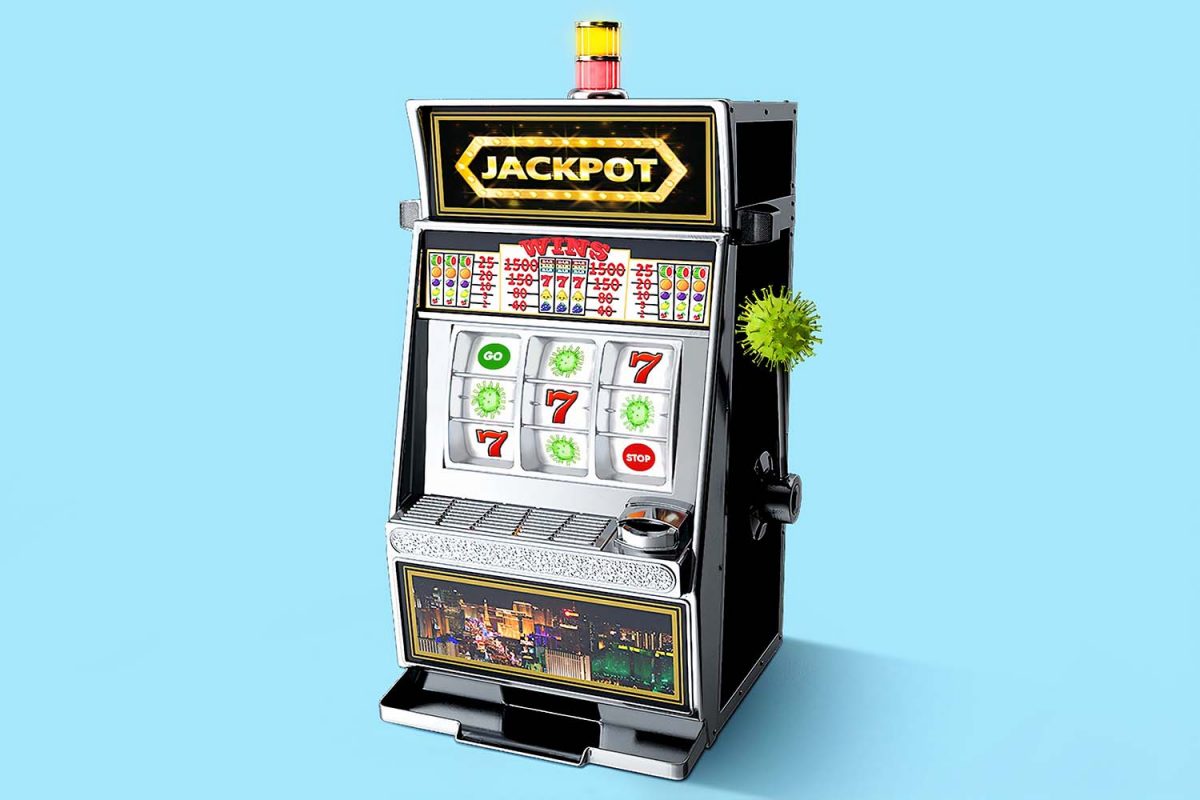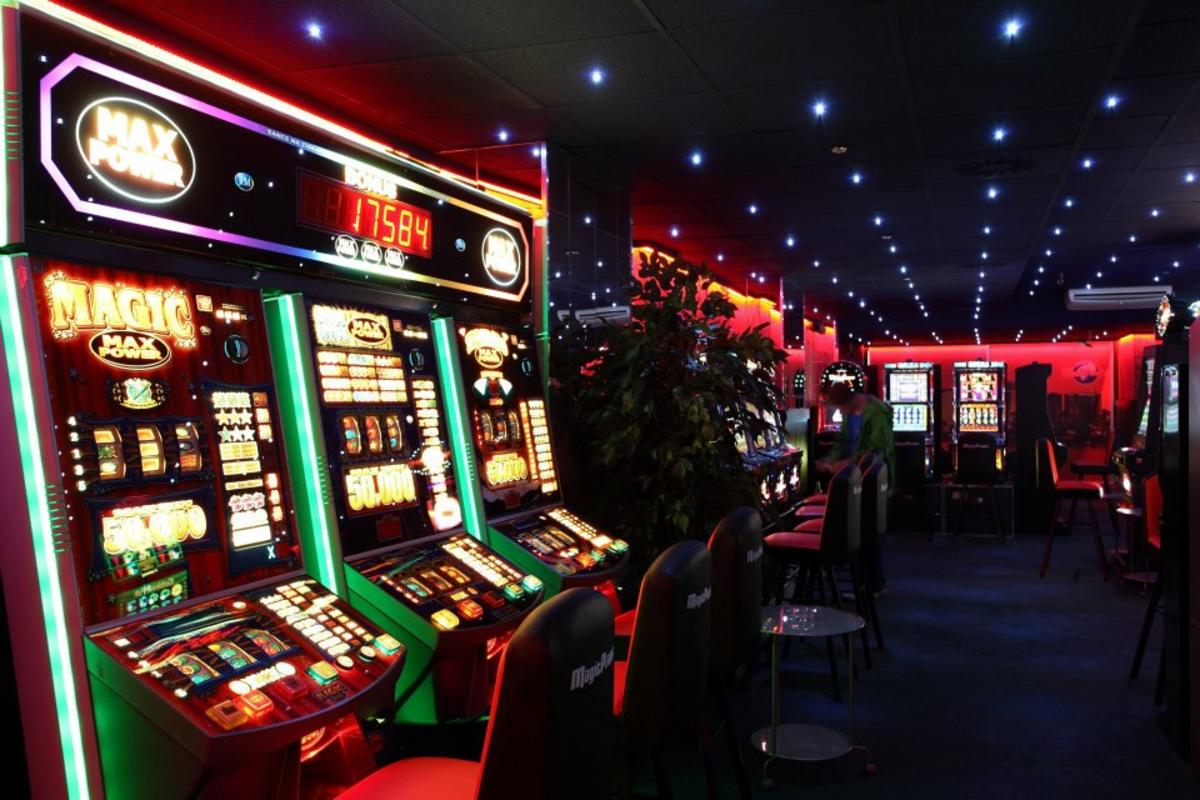Half-bluffs in poker: a short summary
Just playing poker is not enough to be good at it; you also need extra skills in different tricks that can bring good results. One of these is half-bluffs.
Many players can never quite put their finger on what it means, but think they know how to use it when they need to.
In theory, a half-bluff is a bet with a hand that has a great potential to improve. That’s why a half-bluff is a very valuable hand with a big payoff. However, keep in mind that your bluff may not turn into a strong hand if you don’t buy in in time. Until then, however, you can check, bet, and flip your opponents to get them to flop their best hand.
Pros of half-bluffs
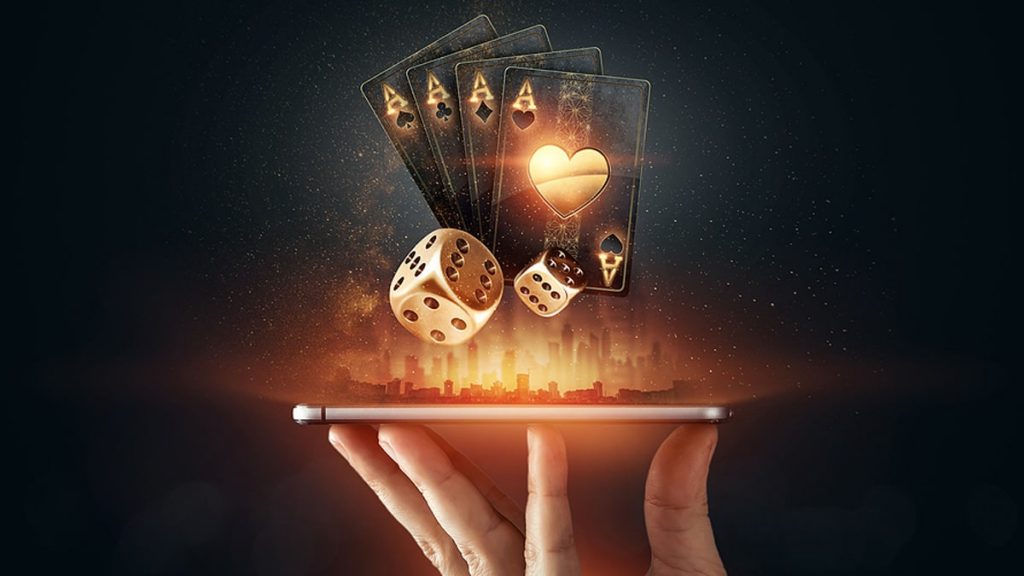
Why do you need to bet half-bluff or flip your opponent? The moment you make a bet, your opponent starts to think about your cards; with a strong hand, he’ll already call it, even though he should actually flip you. If you bet all the way down the street, it’s likely that your opponent will fold a hand that can beat you. In this situation lies the first positive aspect of half-bluffing – making your opponent play worse.
When you bet, you don’t make a big mistake.
- This is another advantage of a half-bluff.
- By doing so, you isolate your opponents with the worst hand, but you don’t give them a chance to get a free card.
- Even taking into account the fact that someone might call a bet, you can still strengthen your own hand to nats.
- It’s a good idea to bet with a half-bluff at the beginning rather than in the last position, since you’ll be the first to have access to the free card.
Another strong point of a half-bluff is that your play:
- If played correctly, can become completely unreadable for your opponents.
- If a half-bluff is strengthened by the last card and there are several other opponents in the game, you can win handsomely.
The Benefits of Bluffing
A pure bluff is a hand that has no chance of winning at the showdown. A half-bluff, on the other hand, is a hand that can be strengthened by cards that have not yet been opened. Even in the case of an even bet with such a hand, you will still have a chance of picking a stronger hand than your opponent’s.
Today, opinion on whether or not bluffing is useful is divided on two fronts. The first tends to think that bluffing has a negative mathematical expectation, while the second tends to think that pure bluffing has a positive mathematical expectation. However, they all agree that bluffing is an important strategy for any player.
The undesirability of half-bluffs
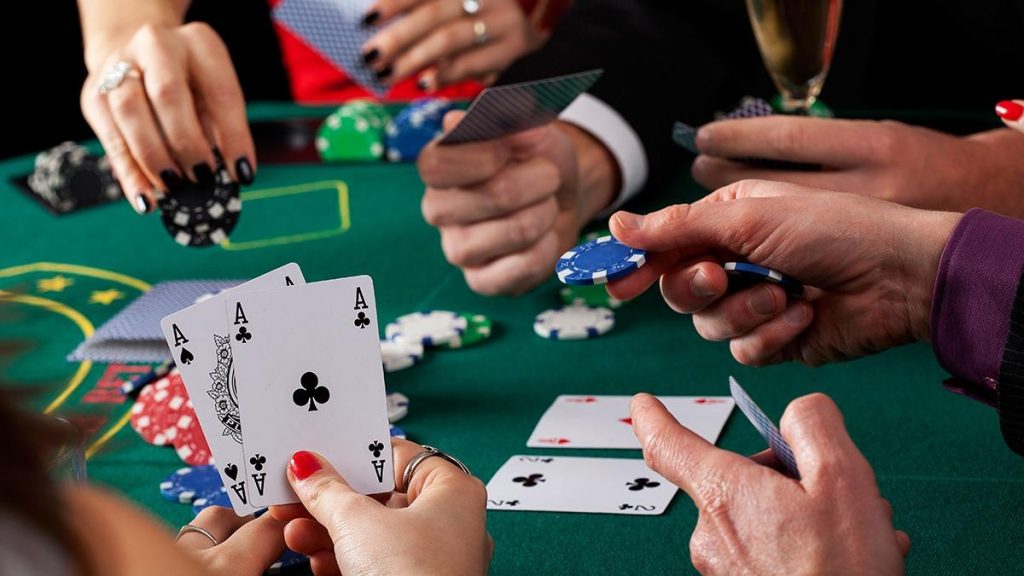
Along with the benefits of bluffing, there are situations when it is not advisable. Sometimes it is worth paying attention to your intuition and hunch, which tells you that your opponent will respond to your bet if you call it now. Not having a ready hand and not being sure that your opponent will fold, increasing the amount of money in the pot is pointless.
Half-bluffs shouldn’t be used too often, and you shouldn’t bet if your turn is your last. This way you can see a free card and not be trapped by one of the players who deliberately check-raised in an early position.
To summarize, poker is not as simple a game as it may seem from the outside. This is especially true if you’re going to make a living this way. Make the game more varied, use different techniques, including bluffs, half-bluffs and squeezes, and only then will you be able to take a step toward a new level of personal professionalism.



